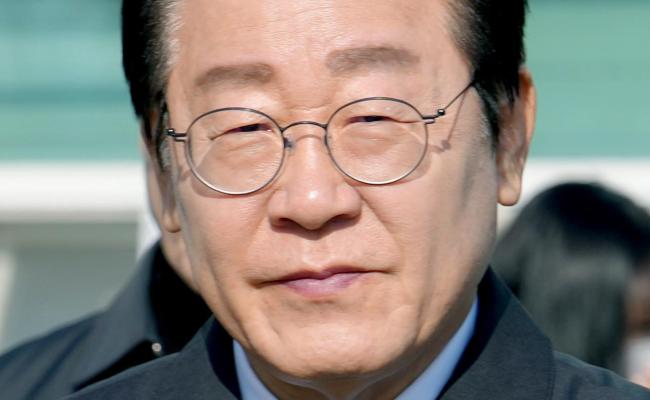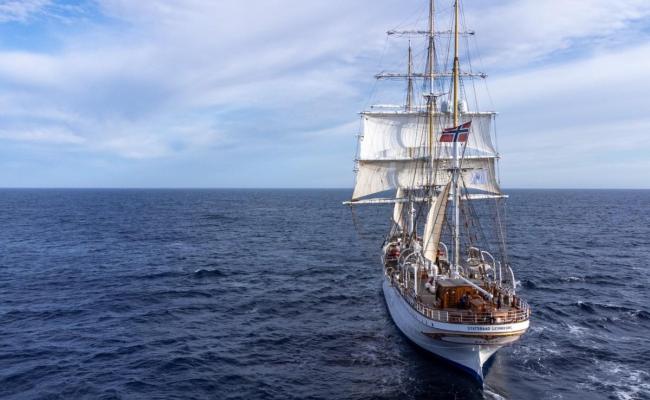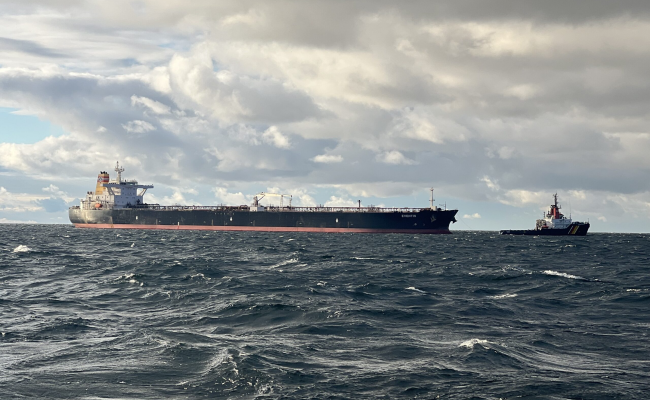South Korea To Enter Arctic Shipping With Pilot Operations During Summer 2026
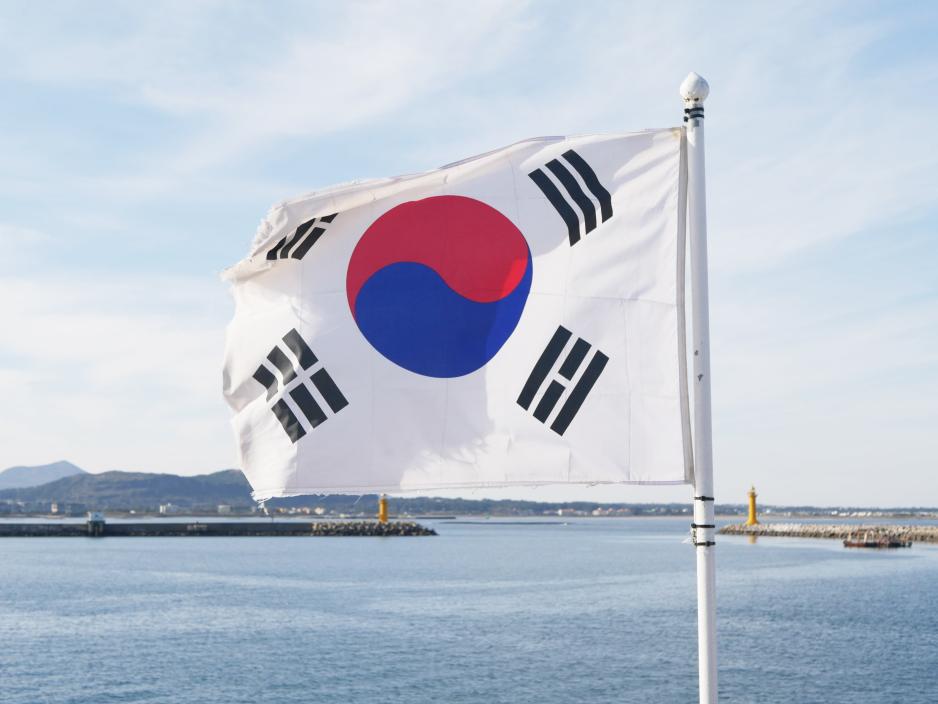
The South Korean government is putting together a pilot program and roadmap to develop an Arctic shipping route.
South Korea will establish a dedicated Arctic shipping division within its new government and launch pilot operations next summer. The plans follow up on statements during President Lee’s election campaign, during which he suggested using Arctic shipping to economically revive the country’s southern ports.
South Korea announced plans to become the latest entrant into nascent Arctic shipping via Russia’s Northern Sea Route.
"We will begin pilot operations next year and establish a team dedicated to the Arctic shipping route project within the government later this year to devise a mid- to long-term road map," Chun Jae-soo, the country’s new Minister of Oceans and Fisheries announced.
The news is part of an extended interview published by Yonhap News Agency.
Hubs for Arctic trade
The announcement follows earlier statements by then presidential candidate Lee Jae-myung, who assumed office in June 2025.
During his campaign Lee had staked his political hopes on reviving the country’s struggling southern ports of Busan and Ulsan and promised to turn them into hubs for Arctic maritime trade.
I will become the 'icebreaker minister’
“Shouldn’t we find an alternative? Today, I’ve brought such an alternative. The Arctic route is opening up,” Lee announced during a campaign rally in Busan shortly before the election in May.
Economic development
Now Lee’s government announced that it is putting together a pilot program and roadmap to develop Arctic shipping routes.
“We plan to establish a dedicated organization within the government for the Northern Sea Route within the year,” Minister Chun stated.
"I will become the 'icebreaker minister’," he asserted.
Stiff competition
Chun highlighted that other countries including the U.S. and China are investing heavily in Arctic infrastructure such as icebreakers. China has over the past decade concluded more than 100 voyages via the Arctic.
Also read (the text continues)
"The United States has already announced its plan to purchase 15 icebreakers, and Russia will invest a combined (US$28.1 billion) by 2035. China has navigated through the Arctic shipping routes 35 times as of last year and also has a plan to develop the so-called Polar Silk Road under its One Belt, One Road initiative," Chun said.
South Korea’s plans will likely face stiff competition from the Chinese port of Shanghai. In recent years it has developed into a hub for Arctic traffic. As economic potential materializes, security considerations also increasingly come to the forefront.
Last month a number of Chinese research vessels and icebreakers departed from Shanghai in the direction of the Arctic, prompting U.S. and Canadian Coast Guard and military to shadow the vessels with aerial and maritime assets in the waters around Alaska.
Faster than anyone expects
While Arctic shipping volumes remain limited compared to existing trade routes – across the Suez and Panama Canals – and are heavily dominated by the export of Russia oil and gas resources, there is nonetheless significant anticipation of the long-term potential.
And that “long-term” may arrive faster than anyone expects, Chun said.
"What is certain is that the shipping routes will open, and it seems likely to happen sooner than people expect," he said.
Expertise in place
South Korea certainly has the engineering and shipbuilding expertise to compete in the emerging space. The country’s shipyards Hanwha Ocean and Samsung Heavy Industries have constructed much of the world’s Arc7 ice-class oil and gas carriers, mostly for Russian projects.
Currently Chinese container operator Newnew Shipping Line is looking to construct five Arc7 container ships for year-round Arctic service and the contract may ultimately end with a South Korean shipbuilder.
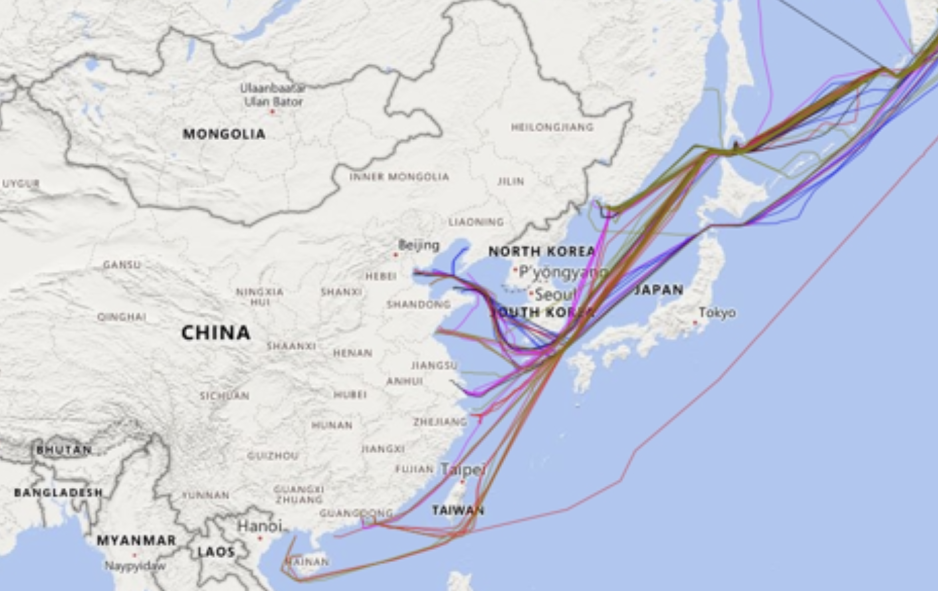
Shipping traffic from Russia’s Northern Sea Route in 2024 passing near South Korea. (Source: CHNL)
A number of containership voyages through the Arctic have included South Korean ports of call, including Busan and virtually all Arctic traffic from Asia passed in proximity of the Korean Peninsula.
Five years
The government’s plan is part of a broader economic revival for the southern region.
“A Northern Sea Route economic zone will be created that starts in Yeosu and Gwangyang and extends through Busan, Ulsan, and Gyeongnam to Pohang's Yeongil Bay," Chun said.
"The economic scale will be on par with the metropolitan area, and the effects will be seen starting in five years,” he predicted.


